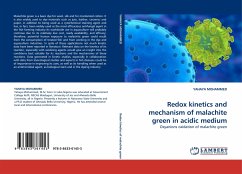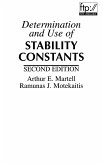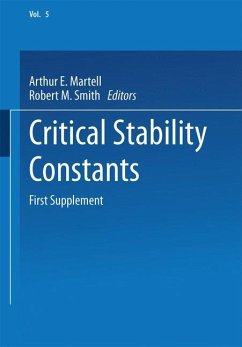In recent years many research workers have turned their attention to the quantitative characterization of complex compounds and reactions of complex-formation in solution. Instability constants characterize quantitatively the equili bria in solutions of complex compounds and are extensively used by chemists of widely-varying specialities, in analytical chemistry, electrochemistry, the technology of non-ferrous and rare metals, etc., for calculations of various kinds. Despite the wealth of numerical data, no reasonably full coliection of instability constants of complex compounds has been made until now. The various individual collections of data are far from complete and in most cases omit references to the source materials. Moreover, the present state of the chemistry of complex compounds most urgently demands the complete systematization of data on instability constants and an extension of work in this field which would take advantage of the latest physico-chemical methods. Thepresent work contains instability constants for 1,381 complex compounds. We have considered it convenient to preface the summary of the instability constants with an introductory section of a general theoretical character. This section deals with methods for the calculation of instability constants from experimental data, the influence of external conditions, such as temperature and ionic strength, on the stability of com plexes, and the principal factors determining the stability of complex compounds in aqueous solution. (vii) PREFACE In compiling the summary we have used the original litera ture and abstracts for the most part up to 1954, and some work published in 1955-1956.
Bitte wählen Sie Ihr Anliegen aus.
Rechnungen
Retourenschein anfordern
Bestellstatus
Storno








